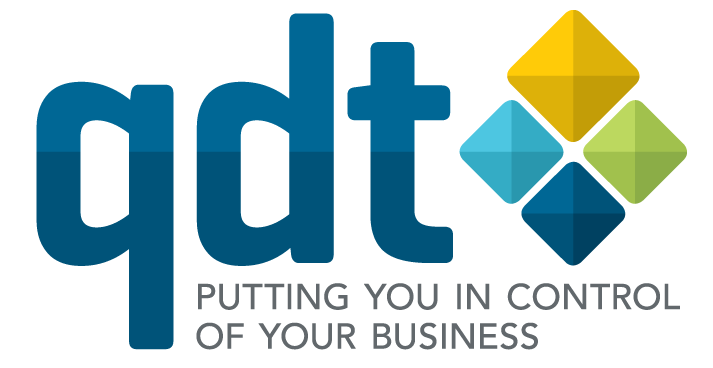Here is how to create your systems manual in seven steps. You can use as much or as little of our help as you need. For a free consultation about your business documentation needs, contact us.
Why have a procedure manual?
Some of the benefits:
- Reduce your training costs
—it’s all in your manual (including videos if you want them)! - Reduce expensive service errors or product defects
—happier customers and higher profits! - Have a business that runs without you
—now you can focus on expanding the business! - Increase the sale value of your business
—investors love to buy a business that just keeps running!
1. Design the structure of the procedure manual
We help you analyse your business using the process view and set out the table of contents for your systems manual.
2. Select the software to use: Way We Do, Confluence, Evernote, Word or another product of your choice
We can help you select, install, configure and learn to use your documentation tool, and provide resources and template for it.
Way We Do—cloud-based purpose-built procedure manual and workflow system; simple to use; excellent user support team that understands business systems. Find out more…
Confluence enterprise wiki—directly editable website; good for team collaborative writing in an IT-rich environment; complete page version history; two-way communication with Sharepoint®, superior version requires server and technician to install; many plugins available. Find out more…
Evernote—Good for simple businesses and cooperative teams, but a challenge to maintain cohesion and uniformity as the manual grows with multiple contributors.
Microsoft Word—Good for very simple businesses, but difficult to maintain and navigate as the manual grows.
Your choice of software—We can work with most documentation tools.
Q-Templates™ —We provide templates and resources for Way We Do, Confluence and Microsoft Word. Find out more…
What’s wrong with just using a word processor?
Many systems manuals are documents and spreadsheets in folders. While this seems comfortable and familiar, it is also complex and labour-intensive to manage and control and hard to navigate. For example:
- If you want a master table of contents then you have to maintain it manually.
- When you update or remove a topic you have to move the old copy manually to archive folders.
- You have to rely on Windows Explorer to search the systems manual.
3. Import your existing documents
You can import Word documents into both Way We Do or Confluence and reformat them to match the rest of your systems manual.
We have been doing this kind of thing for a very very long time. With some training from us you can speed the task up.
If you and your team are busy, why not give us the documents to import and reformat for you? We can save you a lot of trouble.
4. Write new topics as required
With your team’s involvement, write the content of your topics.
In a systems manual project we can be information designers, business writing teachers and coaches, project coordinators, writers and editors. We can help as much or as little as you want.
5. Get feedback and adjust as required
We can help here in the following ways:
- Reviewing the topics that you and your team write to ensure there is no duplication and that it fits well into the information design
- Making sure:
- All stakeholders know about and agree with what is in the systems manual and
- The systems manual makes sense to users and is easy for them to use
- Making or coordinating changes that result from the reviews and tests
- Coaching your own coordinator in the design, language, formatting and usability standards of the systems manual
6. Release the manual and train team members in its use and maintenance
By the time you release your systems manual, your team members will already know about it and, ideally, many of them will have contributed to producing it.
Now that you have released it, you need to demonstrate your commitment to everybody using it and keeping it up to date. It needs to become part of your business culture. Without 100% passionate support from top management, a systems manual project can fail.
We can help with your cultural change process by:
- Producing training materials for your team to learn how to navigate the manual and keep it up to date, and about the advantages of having your business system written down
- Conducting team training sessions on quality culture
7. Start the continual improvement cycle rolling
Now that your team is committed to our documented business system, you have the wedge to stop your business rolling back downhill. You can start moving it upwards to greater quality, efficiency and profit. We can help if you need us!
More about our procedure manual services
This pages on our website have more information:
- Developing your secure on-line procedure manual
- Create a franchise or licensed business manual
- Step back from your business or sell it
For more information, see this Wikipedia article (‘operations manual’ is and important part of the procedure manual)

